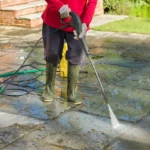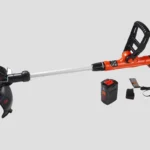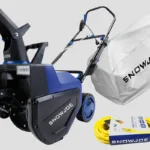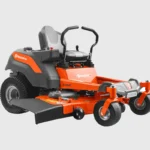Have you ever thought about the rainwater that goes to waste? Imagine saving that water for your garden, reducing your utility bills, and helping the environment. Building a rain barrel is an easy and affordable way to collect and reuse rainwater.
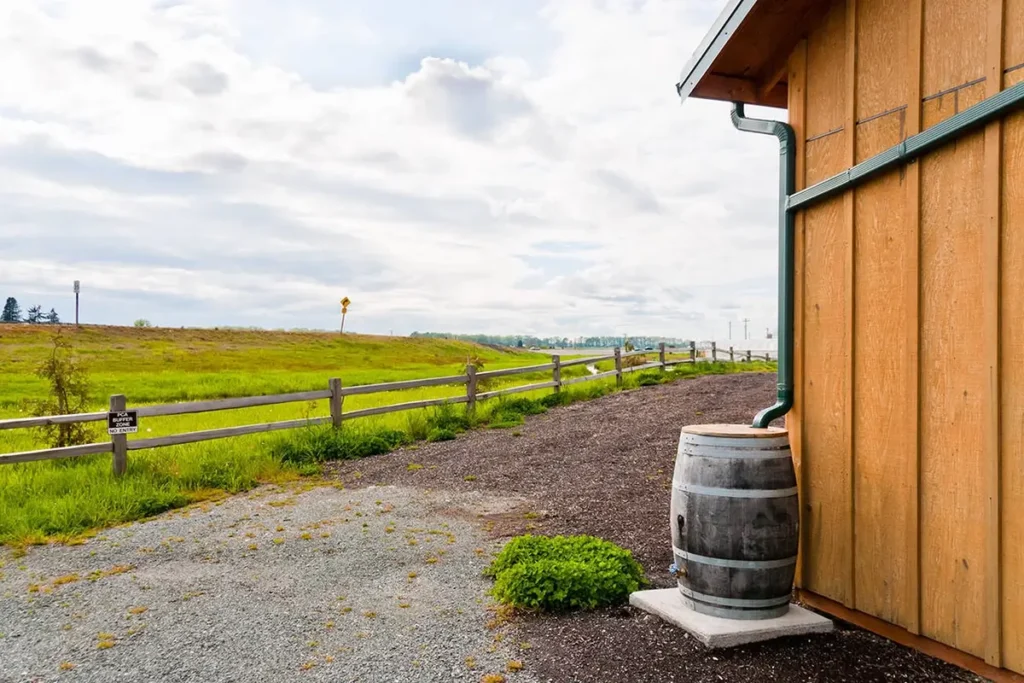
Today, I’ll walk you through the process, sharing tips, tricks, and a few laughs along the way. Let’s get started!
Materials Needed
Before we dive in, let’s gather our materials. Here’s what you’ll need:
- A large plastic barrel (preferably 55-gallon)
- A spigot kit
- A drill with hole saw bits
- Insect screen
- Teflon tape
- Waterproof duct tape
- Metal hooks and bungee cords
- Pressure-treated wood for the stand
You can find most of these items at your local hardware store or online. Trust me, investing a bit of time in sourcing good materials will pay off in the long run.
Step-by-Step Guide to Making a Rain Barrel
- Choosing the Right Barrel
First things first, pick the right barrel. A 55-gallon plastic drum is ideal, but if you can’t find one, a large plastic trash can will do. Check with local businesses or food processing factories—they often discard these drums. Alternatively, some cities offer these for free as part of water conservation programs. Score!
- Preparing the Barrel
Clean your barrel thoroughly to ensure it’s free from any residues. A good scrub with soap and water should do the trick. Once it’s clean and dry, you’re ready to start the fun part.
- Drilling Holes
Drill five drainage holes in the center of the lid using a hole saw bit. These holes will allow rainwater to flow into the barrel. Next, drill an overflow hole near the top of the barrel. This will prevent overflow during heavy rain. Cover both the drainage and overflow holes with insect screen to keep out bugs. Secure the screen with waterproof duct tape.
- Installing the Spigot
This is where the magic happens. Drill a hole near the bottom of the barrel for the spigot. Insert the spigot into the hole and secure it with a bulkhead fitting. Wrap Teflon tape around the threads to prevent leaks. Tighten everything securely, then partially fill the barrel with water to check for leaks. If everything is dry, you’re good to go!
- Securing the Lid
You don’t want your lid flying off during a storm. Drill small holes around the perimeter of the lid and the top edge of the barrel. Use U-shaped strands of electrical wire to twist-tie the lid to the barrel. This will keep everything in place, even in windy conditions.
Building a Stand
Your rain barrel needs to be elevated to make it easier to fill watering cans or buckets. Here’s how to build a sturdy stand:
- Cutting the Wood
Cut your pressure-treated wood into the following pieces:
- Four 2-foot lengths of 2x4s
- Four 2-foot lengths of 2x6s
- Four 1-foot lengths of 4x4s
- Assembling the Stand
Attach the 2x6s to the 4x4s to form the base. Then, attach the 2x4s to the top to create the platform. This stand will lift your barrel about a foot off the ground, making it easy to access the spigot.
- Securing the Barrel to the Stand
Place the barrel on the stand. To prevent it from tipping over, screw metal hooks into the stand and use bungee cords to secure the barrel by its handles. This simple trick will keep your barrel steady, even when full.
Maintenance and Usage Tips
Now that your rain barrel is set up, here are some tips to keep it working efficiently:
- Regular Cleaning: Clean your barrel and screen regularly to prevent debris buildup and mosquito breeding.
- Using the Water: Rainwater is perfect for watering gardens, washing cars, or even filling birdbaths.
- Winter Care: In colder climates, empty and disconnect the barrel during winter to prevent freezing and cracking.
Troubleshooting Common Issues
- Leaks: If you notice leaks, check the spigot and fittings. Teflon tape and tightening should solve most issues.
- Mosquitoes: Ensure your screen is fine enough to keep mosquitoes out. Adding a bit of vegetable oil to the water surface can also prevent mosquito breeding.
- Algae: Place your barrel in a shaded area to minimize algae growth. If algae do appear, clean the barrel with a bleach solution.
Conclusion
Building a rain barrel is a rewarding DIY project that benefits both your wallet and the environment. With just a few simple steps, you can start collecting and using rainwater in no time. Give it a try and see the difference it makes in your garden!

